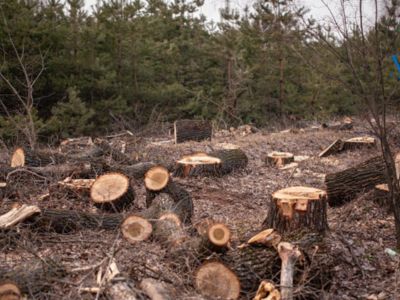The traditional approach to economic theory brings out the factors of production as Land, Labour, Capital [Finance] and Entrepreneurship. These factors are known to combine to facilitate output of goods or services. In this traditional approach the emphasis is on maximization of output and margins [profit]. The relative importance of each of these four factors has not been at the forefront while considering the mix of the factors in the production of goods and services.
The yearning for consumption of goods and services triggers human activities. These activities draw resources from the natural world. The drawing of resources from the natural world creates an impact on the environment. This impact can be traced in what is referred to as “Eco-Footprint”. The resources from the natural world are what we refer to as “Natural Capital”.
Traditionally, Prices do not reflect the immerse value of nature and yet by buying a physical product or a service we are making nature a commodity. This is so as we are signifying our willingness to pay a monetary value in exchange for ownership of a natural resource or a product or service from the natural resource.
Many products and services are created from nature but the “disturbance” to the natural source is often less emphasized and at worst assigned “Zero” value. By referring to the resource as “Natural Capital” we are emphasizing the value inherent of using the natural resource.
What is Natural Capital? This is a stock of renewable and non- renewable resources that are in two categories. The first one is Abiotic [non-biological] Natural Capital that includes soils, sub-soil assets like fossil fuels, minerals, water and flows of wind and solar [sunshine/solar radiation]. Secondly, is the Biotic [Biological] Natural Capital that includes Plants and Animals. These two categories combine to yield a flow of benefits to humanity. Therefore, Natural Capital is the ability of the Earth to provide our needs. By uplifting the understanding of Natural Capital, we are underlining a paradigm shift [a change in approach to established assumptions] from viewing “Capital” as money to “Capital” as any resource or asset that stores or provides value to humanity. Also the paradigm shift helps us to view Land as a factor of production differently. Traditional economics portrays Land as naturally occurring and fixed. Using the National Capital approach Land is viewed as a resource that can be depleted, degraded or improved by human activity over time.
Apart from Natural Capital supporting economic activities, it provides Ecosystem Services. Ecosystem Services are free services to humanity whose examples include: generation of Oxygen for Animals and Carbon dioxide for Plants; pollination of crops by Insects; Water filtration and flood protection by wetlands; Medicinal herbs; Carbon storage in Peat lands or Forests; Wildlife habitats and Fish breeding habitats. These services are offered at no monetary value by nature and often abused by humanity.
There are initiatives to assign monetary value to Natural Capital. The Natural Capital Coalition [multi-stakeholder collaborative network] is galvanizing initiatives and organizations in harmonizing approaches to Natural Capital. The Coalition provides a global framework for entities to identify, measure and value their direct, indirect impacts and dependencies on Natural Capital. We need to appreciate that estimating the value of the wealth of nature is a worthwhile but gigantic task. What humanity harnesses from our Planet relative to the Planet’s ability to regenerate in a year is alarming. The Global Footprint Network shows that humanity is using as much resources as if we lived on 1.75 Earth!
Natural Capital approach helps us broaden our appreciation of conserving nature and reduce deficit in the use of nature.
Francis Nakomolo Ojambo
Executive Director, Action for Safe Livelihood
fnakomolo@yahoo.com

